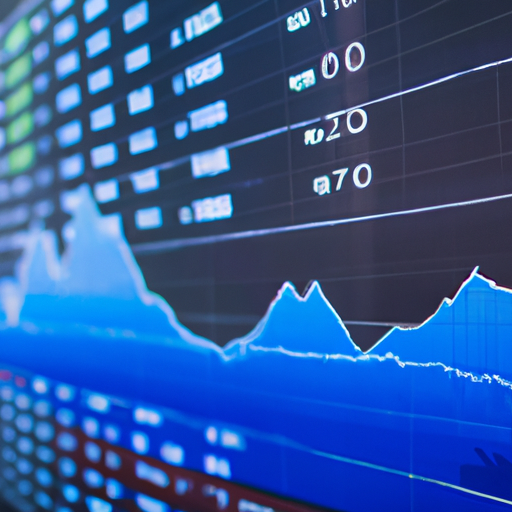Understanding Trading Economic: A Comprehensive Guide
When it comes to trading economic, many people find the concept intimidating. But what if I told you that understanding trading economic is not as complicated as it seems? In this article, we will delve deep into the world of trading economic, breaking down concepts and strategies in a way that’s easy to understand.
What Is Trading Economic?
Trading economic refers to the practice of analyzing various economic indicators to make informed trading decisions. These indicators could include GDP growth rates, unemployment rates, inflation indexes, and more. By understanding these factors, traders can anticipate market movements and make better investment choices.
Let’s take an example. Suppose you’re interested in currency trading. Knowing that a country is experiencing high inflation might signal that its currency value will drop soon. This kind of insight can be invaluable.
The Role Of Economic Indicators
Economic indicators are like signposts guiding traders through the complex landscape of financial markets. They’re categorized into three types: leading, lagging, and coincident indicators.
Leading indicators predict future market movements. Unemployment claims are an excellent example here.
Lagging indicators confirm trends that have already been established. The Consumer Price Index (CPI) is often used in this context.
Coincident indicators occur simultaneously with the conditions they signify. For instance, personal income levels fall into this category.
By leveraging these trading economic tools, investors can gain a comprehensive view of market conditions.
How Do Economic Indicators Impact Trading?
Economic indicators are critical for making informed trading decisions because they offer insights into the health of an economy.
For instance:
If GDP growth rates are rising, stock markets often follow suit.
Conversely, rising unemployment figures might indicate a slowing economy and falling stock prices.
These insights allow traders to adjust their strategies accordingly—whether that’s buying or selling assets or diversifying their portfolios.
The Importance Of Risk Management In Trading Economic
When dealing with trading economic, risk management becomes even more crucial. Market conditions can change rapidly based on new data releases or geopolitical events.
Here are some practical risk management tips:
Always use stop-loss orders to limit potential losses.
Diversify your investments across different asset classes.
Keep a close eye on upcoming economic reports and news events.
By integrating these practices into your strategy, you can mitigate risks effectively while leveraging trading economic principles.
Trading Strategies Based On Economic Data
Trading strategies grounded in economic data can be highly effective if done right. Let’s look at some popular approaches:
Fundamental Analysis: This involves examining a country’s overall economic health by analyzing its various indicators like GDP growth rate and employment levels.
Technical Analysis: While not directly related to economics, technical analysis can complement fundamental insights by identifying patterns in price movements.
Quantitative Strategies: High-frequency trading systems often rely on complex algorithms that incorporate multiple types of data—including economic indicators—to execute trades at lightning speed.
Each strategy has its pros and cons but combining them often yields more robust results.
Real-Life Examples Of Trading Economic Success
To illustrate how powerful understanding trading economic can be let’s consider some real-life examples:
During the 2008 financial crisis, savvy traders who paid attention to housing market data were able to predict the downturn before it happened—and profit from it by short-selling stocks tied to real estate companies.
In 2016 when Brexit was announced many investors who had been monitoring political developments anticipated market volatility ahead of time allowing them either hedge their positions or capitalize on sudden price swings via options contracts
These examples highlight how crucial staying informed about macroeconomic trends is for successful investing
The Future Of Trading Economics
As technology continues evolving so too does our ability harness vast amounts information quickly efficiently This trend particularly evident realm high-frequency trading where sophisticated algorithms parse enormous datasets milliseconds identify opportunities
Moreover rise artificial intelligence machine learning promises further revolutionize field enabling even smarter decision-making processes
In summary grasping nuances behind trading economics not only equips traders navigate current markets but also prepares them future shifts dynamics Understanding key principles leveraging appropriate tools techniques essential achieving long-term success

